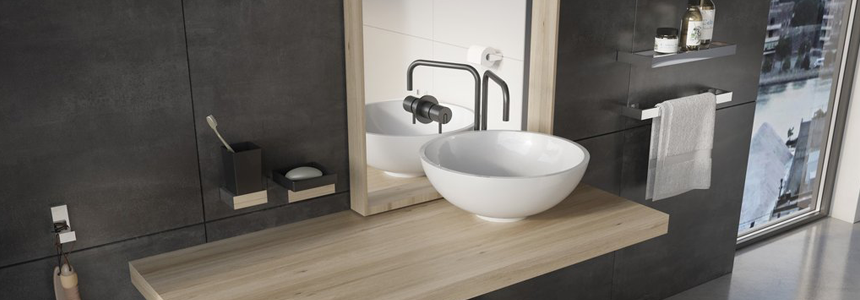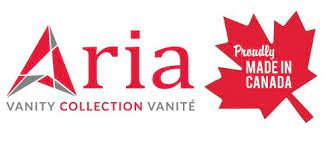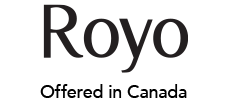Once you dive into the world of interior design, there’s no turning back. It’s easy to get lost in a confusing world of trends and decor choices. There are just so many styles to choose from, not to mention you can mix and match elements that suit you and your family. If you don’t know where to start with interior design, here’s a quick guide to the most popular design trends for the home.
Traditional
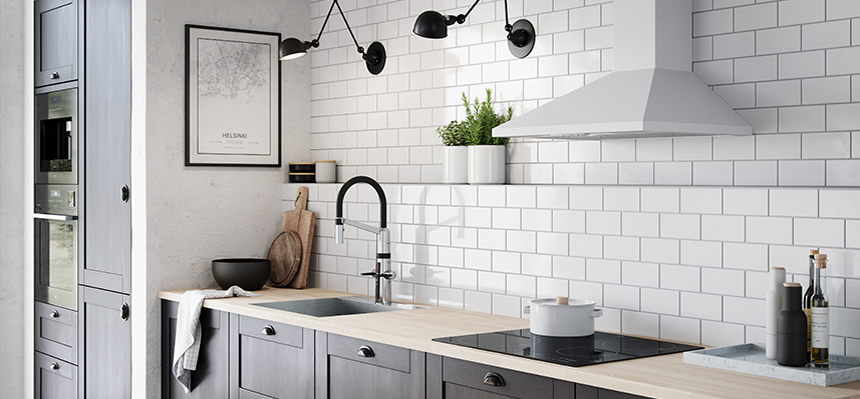
The traditional design features classic design elements and is inspired by European sensibilities. Traditional homes feature sumptuous furnishings, rich textile fabrics like silk or velvet and curved lines. Furniture pieces are made of deep, rich wood and feature elegant embellishments.
Symmetry and neutral colors are the basic foundation of this style. The traditional design may come across as messy and heavy, thanks to the use of flamboyant accessories and antique-looking furniture. If you have a lot of older furniture or love collecting antiques, this style is for you.
Modern
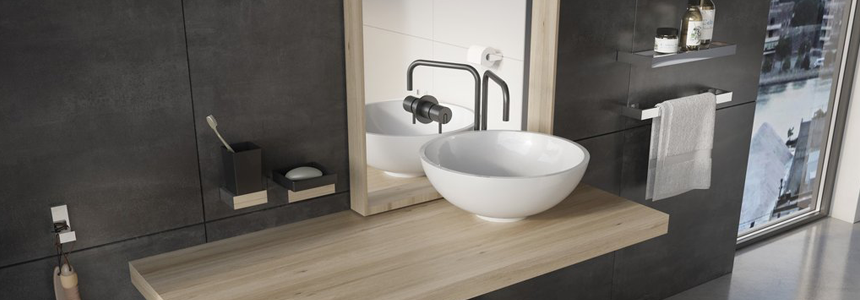
In many ways, modern design is the polar opposite of the traditional style. It features straight lines as opposed to curves and emphasizes sleekness rather than flamboyance. Modern design uses more metal and glass than other design styles.
Smooth surfaces, clutter-free rooms, and limited color palettes are the hallmark of modern design. A modern home may have asymmetrical furniture and feature artwork on the walls. There are not a lot of decor items and the design choices can make any room look larger than it is.
Bohemian
The bohemian design may look chaotic or messy at first glance. It features a lot of colors, patterns, and textures. This style is very eclectic and offers plenty of room to explore your heart’s desire. There are few fixed rules in bohemian design and it’s perfect for adventurous people.
Floor pillows, vintage textiles, and global accessories are common in bohemian homes. The emphasis is on warm and comfortable, with colors tending towards reds and purples.
Contemporary
People often confuse modern and contemporary design, although they are quite different. Modern design refers to a certain design style that started in the 20th century. The contemporary design focuses on the here and now, it’s less anchored to any particular time period.
Today, contemporary means sleek lines and solid colors with pops of color throughout the room. Most designers use metal accents but this style can also incorporate curved lines and elegant furnishings. In other words, these are things that you would never find in a modern styled home.
Industrial

The industrial design is a popular trend, especially in older buildings and converted warehouses. The main features are exposed ductworks and pipes, brick or concrete walls as well as the use of metal. You can find light fixtures made of black metal or rustic wood in such homes.
High ceilings and sparse furniture highlight a typical industrial apartment or home. Deep and rich colors like reds and browns dominate the walls. This design style works well for large, open homes. Smaller homes often don’t have the room to allow large architectural elements like industrial ducts and pipes.
Rustic
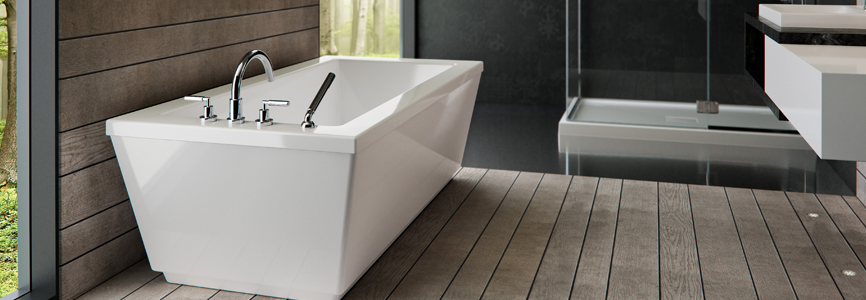
The rustic style evokes the countryside or natural elements in the home. Featuring a lot of wooden paneling and floral elements, rustic design is like a wood cabin but on a large scale. Wood and stone are popular material choices for rustic homes. You won’t find a lot of metal or glass but rather a lot of natural elements like leather, wood, and brick.
Most rustic-inspired houses will feature a statement fireplace that stands out to any viewer. Simple patterns and solid textiles find a place here. Overall, the emphasis is on nature and outdoors.
Farmhouse
If you’re looking for warmth and comfort, farmhouse design is a good choice. It’s relaxing and practical with a few sleek elements thrown in. Common farmhouse elements are shiplap, wide wooden planks for floors, and large barn doors. Raw and natural materials like plants feature heavily in farmhouse-style homes. You can see warm and neutral colors in this design with pops of nature-inspired colors like sage green or deep orange.
If you like farmhouse design, consider natural materials like cotton, linen, and hemp over synthetics. Avoid plastic or even glass and opt for weathered wood or leather instead.
Scandinavian
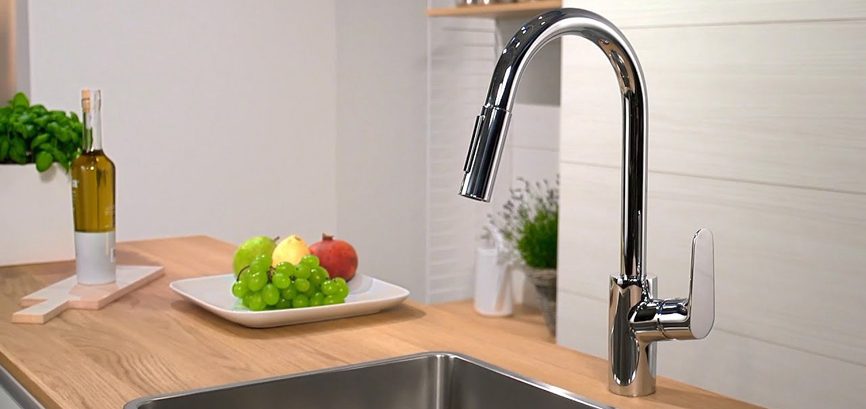
Scandinavian design has become quite popular in recent years and for good reasons. With its minimalism and practical approach to aesthetics, this style is common in Nordic countries. Often featuring white and pale colors, Scandinavian design is practical and functional. The furniture here is practically a work of art but so understated that most people may not even notice it. Many pieces take direct inspiration from artwork such as sculptures. It is a perfect combination of form and function, reflective of a simple approach to life.
